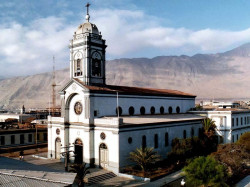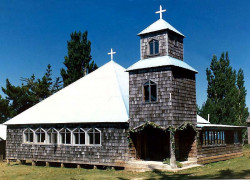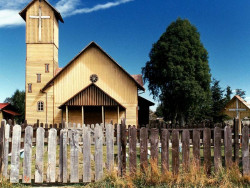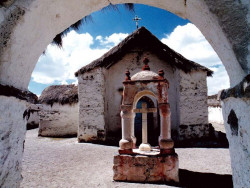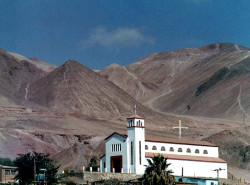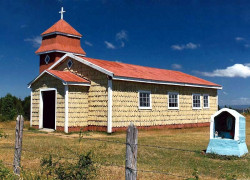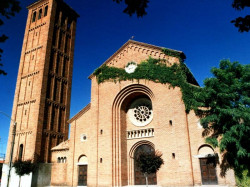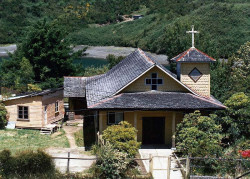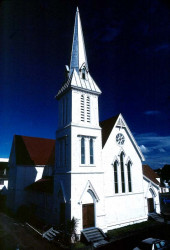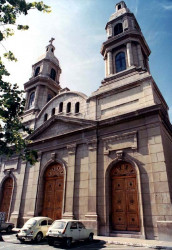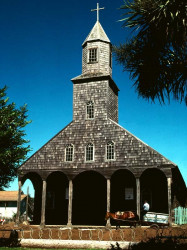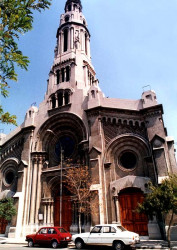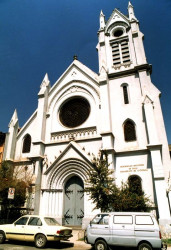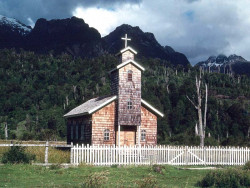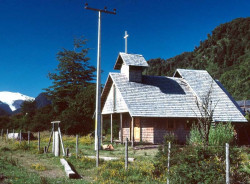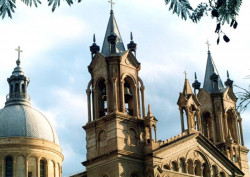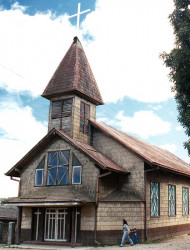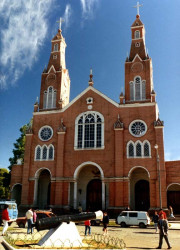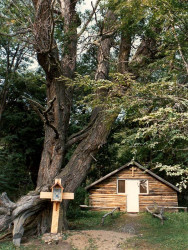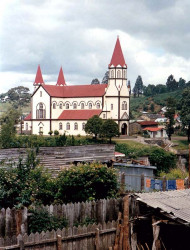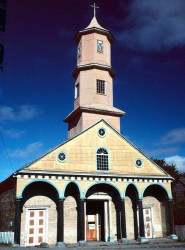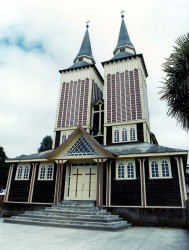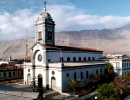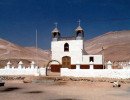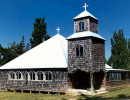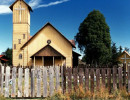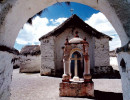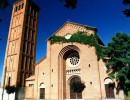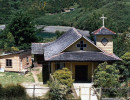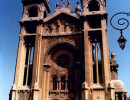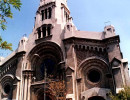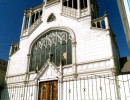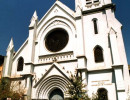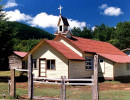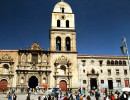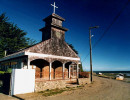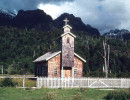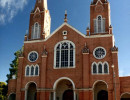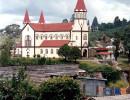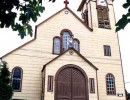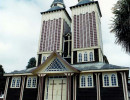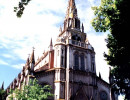Chile
-
1 chilean church in the northern atacama desert in antofagasta 800
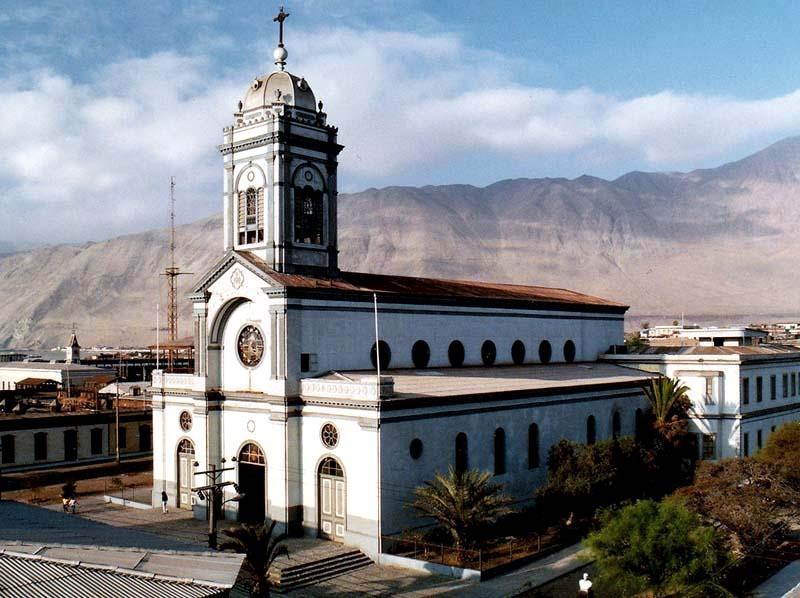
-
12 colonial style church in chiles atacama desert 800
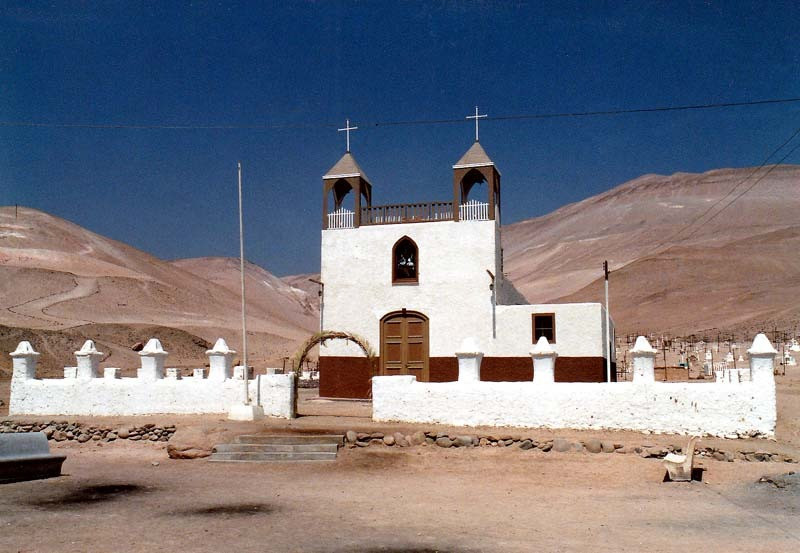
-
2 wooden church on the island of chiloe in chile 800
-
5 small wooden church in osorno chile 800
-
6 church in lauca national park at nearly 15 000 feet above sea level 800
-
8 church in the chiles atacama desert 800
-
7 antofagastas cathedral in the northern atacama desert of chile 800
-
9 small cedar church south of puerto montt in chile 800
-
cc 33 800
-
11 cedar church near villarica chile 800
-
15 a lovely steeple on this church in valdivia chile 800
-
10 the main church of talca chile 800
-
4 catholic cathedral in santiago chile 800
-
13 over 300 year old wooden church on the island of chiloe chile 800
-
14 church in concepcion chile 800
-
cc 32 800
-
cc 43 800
-
23 small town church in southern chile 800
-
cc 37 800
-
19 on the shores of puerto montt chile 800
-
36 small cedar church in tierra del fuego of chile in south america 800
-
cc 41 800
-
31 small rural church on the road to patagonia in chile 800
-
29 the top of the cathedral in santiago chile 800
-
16 wooden church in the mountains of southern chile 800
-
20 wooden church on the island of chiloe 800
-
18 church steeple in antofagasta chile 800
-
24 church in the center of talca chile 800
-
21 log cabin church in the lake district of chile 800
-
27 large wooden church in puerto varas chile 800
-
28 300 plus year old church on the island of chiloe 800
-
32 wooden church in temuco chile 800
-
17 dual steeples in osorno chile 800
-
26 three hundred year old cedar church on the island of chiloe in chile 800
-
25 cathedral in valparaiso chile 800
UNESCO's Churches of Chiloe in Chile
Besides the aging churches of Chile, those of Chiloé are unique examples of ecclesiastical wooden architecture. They represent a tradition initiated by the Jesuit Peripatetic Mission in the 17th and 18th centuries. These churches embody the richness of the Chiloé Archipelago. They are a successful fusion of indigenous and European culture, the full integration of its architecture in the landscape and environment, as well as the spiritual values of the communities.
Along with the churches in the Chiloé archipelago off the coast of Chile, the mestizo culture resulting from Jesuit missionary activities has survived to the present day. This isolated archipelago was colonized by the Spanish in the mid-16th century and the Jesuits arrived in 1608.
The churches are distinguished by an indigenous tradition of building in wood strongly influenced by boat-building techniques, as shown by the forms and jointing of the tower and roof structures, and located on hills to be seen by navigators and to prevent flooding.

































